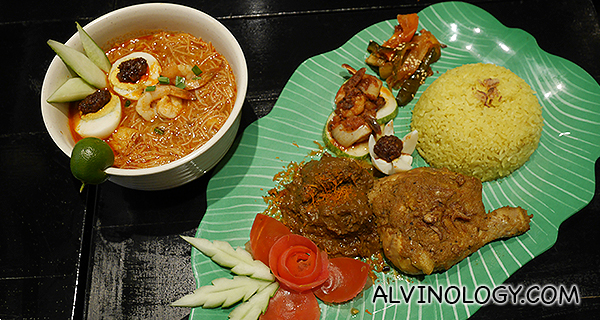Worried about Ah Gong and Ah Ma when you’re not around? Nokia could be in the final stages of developing technology that can predict whether the elderly would fall down and injure themselves.
Nokia trials Asia’s first fall prediction video analytics application details are as follows:
- Singapore’s St’ Luke’s Eldercare to use Nokia Bell Labs’ proprietary video analytics technology to predict and prevent falls among the elderly population.
- Agreement represents start of reimagination of healthcare in Asia, catering to a critical aspect of healthcare risk within the elder community.
Nokia today signed a Memorandum of Understanding (MoU) with St Luke’s Eldercare (SLEC) to co-develop and conceptualize innovative solutions for the elderly. As part of the MoU, Nokia and SLEC are trialing Asia’s first fall prediction video analytics application.
The solution leverages Nokia Bell Labs’ proprietary video analytics technology to create an unobtrusive and continuous monitoring system to determine the likelihood of an elderly person falling.
The personalized and predictive solution will analyze information about walking speed, gait width and step width, and predict and send an alert when there is an increased risk of the person falling.
This application will be integrated into Nokia’s IMPACT IoT Platform in the next phase, to allow the caregiver to view and collect information from the solution and other sensors that the elder is using.
A joint study on eldercare IoT innovation, developed by Nokia and the Eden Strategy Institute, revealed that one-in-three elderly Singaporeans is likely to experience a fall once a year, with resulting injuries contributing at least S$1 billion to total healthcare costs.
Being an experienced aged-care service provider with an extensive network of senior care centres around Singapore, SLEC’s role is to provide guidance and feedback on the software development process.










![PROMO] Vietjet offers over 2 million super-saving tickets priced from only VND1,600 PROMO] Vietjet offers over 2 million super-saving tickets priced from only VND1,600 - Alvinology](https://media.alvinology.com/uploads/2020/05/Vietjet-1-1024x538.jpg)


5